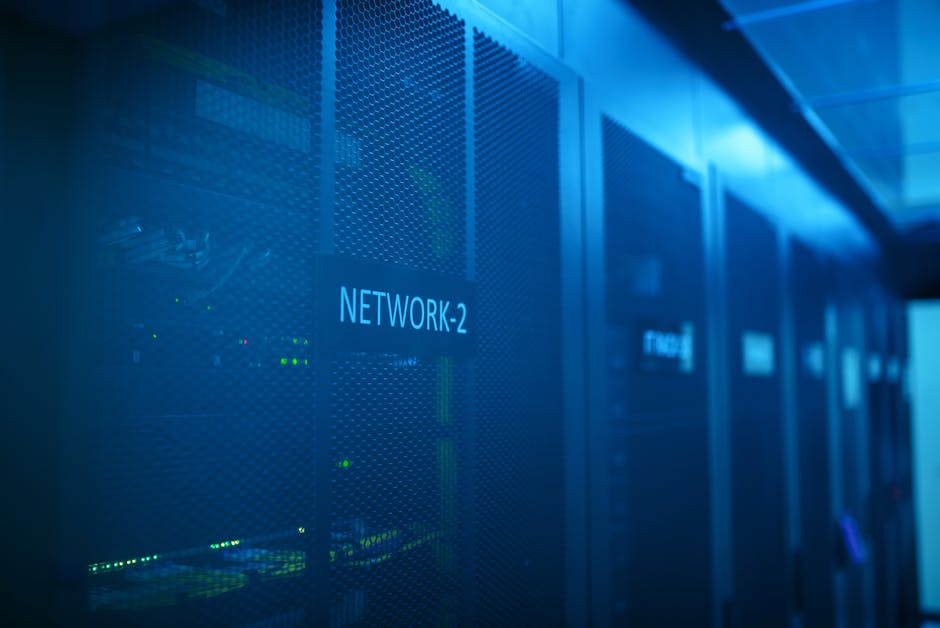When dealing with vast amounts of company data, knowing where and how to store it is vital. IT hardware storage solutions refer to the physical components and systems businesses use to store, manage, and protect their digital information. These are the tangible devices that hold your data, distinct from cloud-only options.
What are IT hardware storage solutions?
- Physical devices: This includes servers, disk arrays, and specialized hardware.
- Data management: These systems store, organize, and protect your digital information.
- Critical for operations: They ensure your data is accessible, performs well, and is kept safe for the long term.
Data growth is exponential, challenging businesses to manage ever-increasing information volumes. While cloud storage offers flexibility, physical hardware remains the backbone for many critical operations, providing direct control, high performance, and robust security for sensitive data. Choosing the right on-premise IT hardware storage solutions is essential for efficiency and long-term success.
I’ve spent over 17 years in information systems, with more than a decade specializing in information security. My expertise lies in helping businesses steer complex IT hardware storage solutions to achieve optimal performance and data security. Now, let’s look at how these solutions address the demands of modern data.
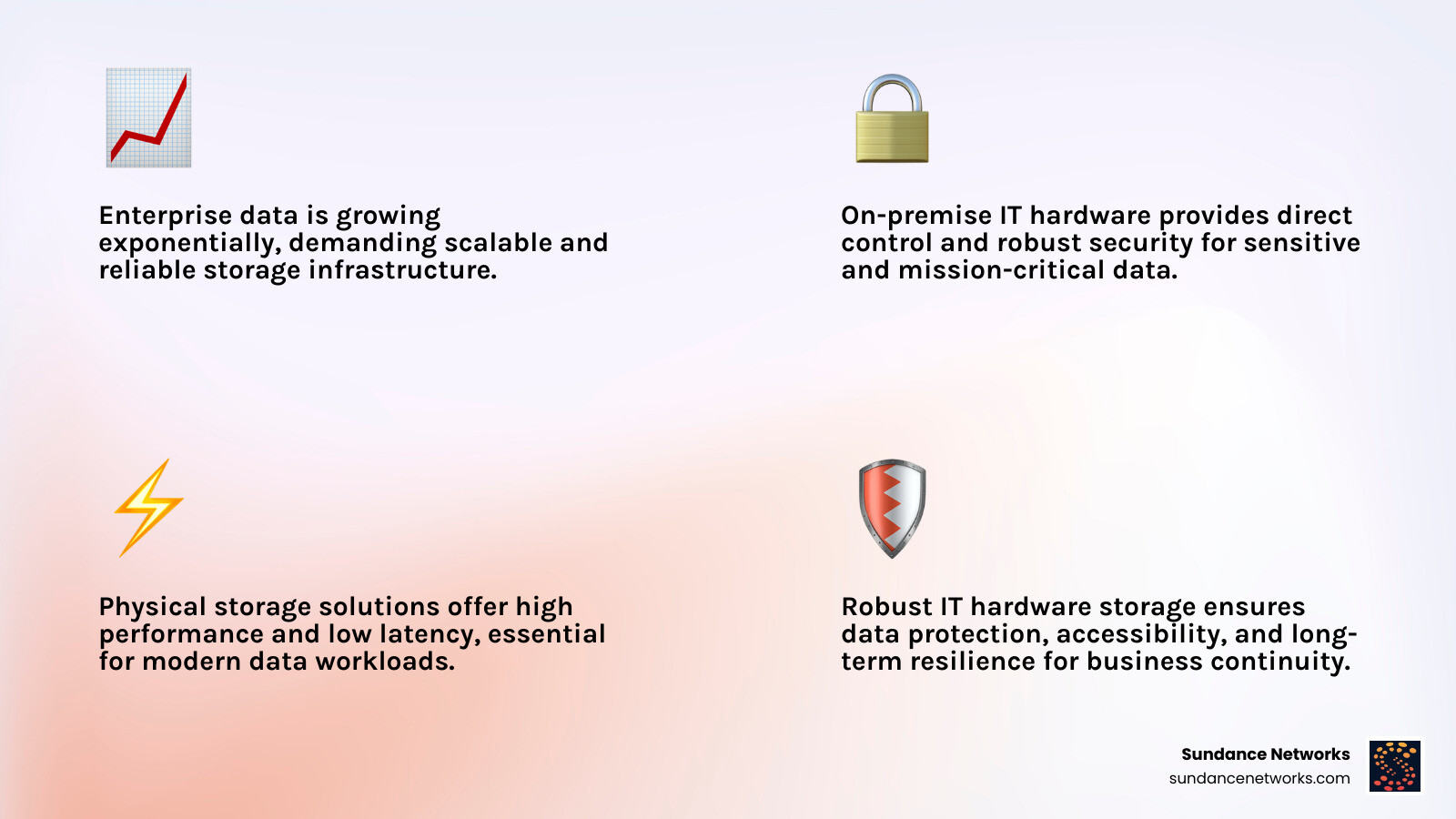
The Foundation: Primary Types of Enterprise Data Storage

Enterprise data storage is organized in three primary ways: Direct-Attached Storage (DAS), Network-Attached Storage (NAS), and Storage Area Network (SAN). Understanding these is key to building a strong data foundation and choosing the right IT hardware storage solution.
Direct-Attached Storage (DAS)
Direct-Attached Storage (DAS) is the simplest form, where a storage device connects directly to a single server or workstation, much like an external hard drive. This direct connection makes DAS simple to deploy and cost-effective, ideal for small businesses or specific workstations.
Because storage is directly connected, DAS offers high-speed performance for its attached server, as there’s no network latency. However, its main drawback is scalability. DAS is tied to a single server, making it difficult for other users to access the data and leading to isolated “storage silos.” It’s best for single-server applications, small databases, or dedicated backups where sharing is not a primary concern.
Network-Attached Storage (NAS)
Network-Attached Storage (NAS) is a dedicated file server that connects to your network, allowing multiple users and devices to access shared data from a central repository. This simplifies team collaboration and eliminates issues with multiple file versions.
NAS devices are typically user-friendly, making them easier to set up and manage than complex SANs. This makes them a popular choice for small to medium-sized businesses seeking reliable IT hardware storage solutions. NAS excels at managing unstructured data like documents, photos, and videos, presenting storage as simple file shares. Proper Network Router Configuration can optimize NAS performance.
Storage Area Network (SAN)
For high-performance, mission-critical applications, a Storage Area Network (SAN) is the solution. A SAN is a dedicated, high-speed network that provides servers with consolidated, block-level storage access. This means servers treat the storage as if it were a local disk, offering precise control.
Using high-speed connections like Fibre Channel (FC) or iSCSI, SANs deliver low latency and high throughput, essential for large databases, virtualization, and other demanding tasks. Their performance and reliability make SANs ideal for mission-critical applications, and they offer advanced features like snapshots and data replication for robust data protection. While more complex to set up, a SAN provides excellent centralized management of all storage resources, allowing for efficient allocation across your Hardware.
High-Performance Hardware: Exploring Modern IT Hardware Storage Solutions
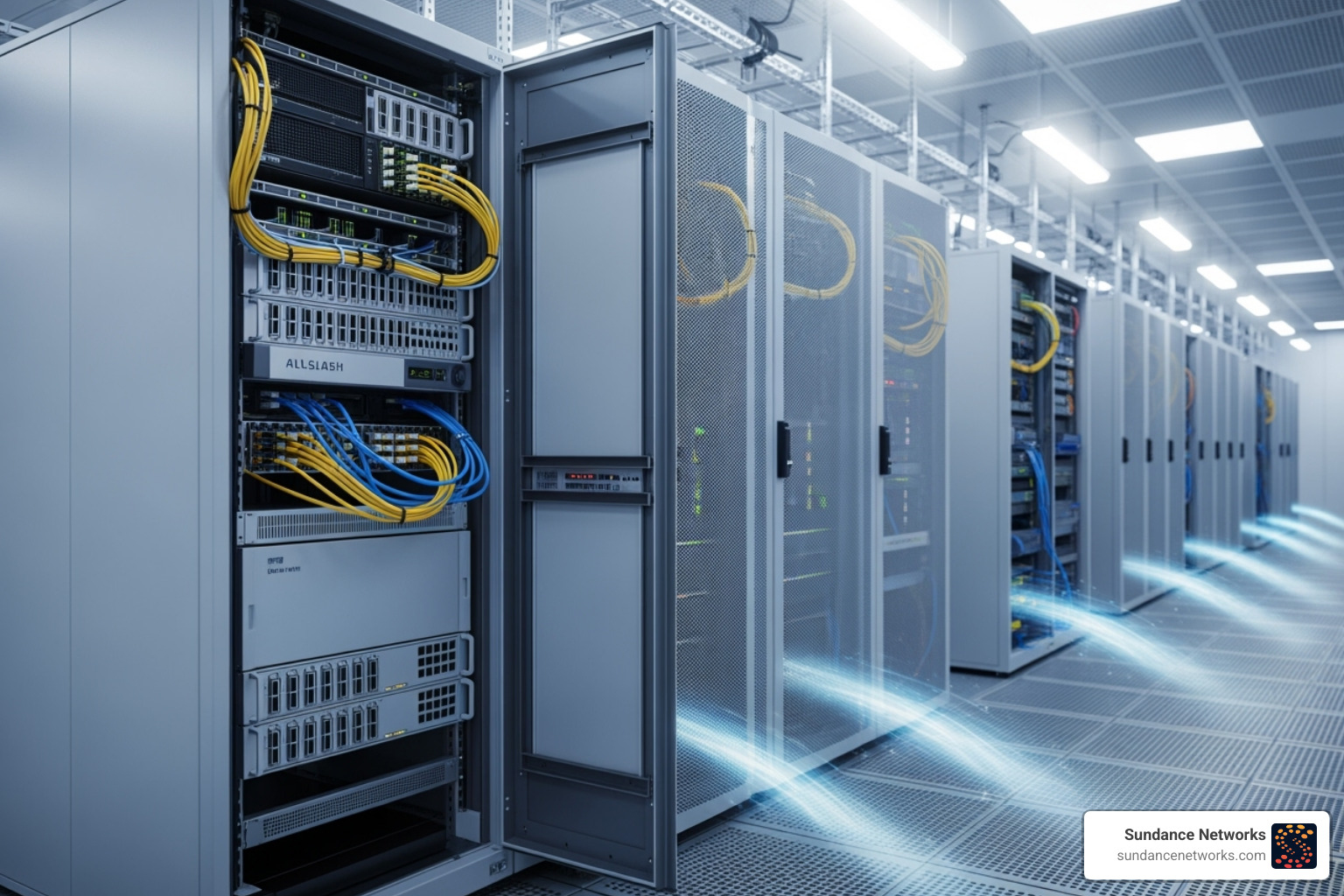
Modern IT hardware storage solutions are constantly evolving to be faster, denser, and more efficient. Today’s systems focus on speed, space optimization, software-defined flexibility, and energy efficiency.
The Speed of Flash: All-Flash and Hybrid IT Hardware Storage Solutions
Flash storage, particularly Solid State Drives (SSDs) and NVMe technology, has revolutionized IT hardware storage solutions. NVMe is a protocol designed specifically for flash memory, connecting directly to a computer’s main bus to minimize latency and maximize speed. Compared to traditional hard drives (HDDs), SSDs offer faster read/write speeds, greater durability, and better energy efficiency.
All-Flash Arrays (AFA) are storage systems built entirely with SSDs, ideal for the highest-performance workloads like large databases. Examples include Celestica’s SC6100 and SE4200 platforms. In contrast, Hybrid Flash Arrays combine the speed of SSDs for frequently accessed “hot” data with the capacity and lower cost of HDDs for “cold” data. This tiered storage approach balances performance and cost.
While AFAs have a higher cost per gigabyte, modern features like deduplication and compression significantly reduce the data footprint. For example, some Dell Technologies solutions offer a 5:1 data reduction guarantee, making flash more cost-effective.
Maximizing Space: High-Density and Scalable IT Hardware Storage Solutions
With data volumes soaring, maximizing data center space is critical. High-density IT hardware storage solutions are designed to pack a huge amount of storage into a small physical space. These solutions optimize rack space, potentially doubling storage capacity in the same footprint. This reduced footprint leads to significant power and cooling savings and a faster ROI.
High-density often involves JBOD (Just a Bunch of Disks) expansion units—cost-effective enclosures full of drives that connect to a primary server. Platforms like Celestica’s SD6200 and SD4100 provide scalable, raw capacity ideal for backups, archiving, and large-scale unstructured data.
The Role of Software-Defined Storage (SDS)
Software-Defined Storage (SDS) separates storage management software from the physical hardware, a major advance in modern IT hardware storage solutions. This abstraction layer allows you to pool and manage storage resources from a central interface, regardless of the underlying hardware, offering incredible flexibility and scalability.
Because the software is separated from the hardware, SDS greatly reduces vendor lock-in. By using commodity hardware instead of proprietary arrays, SDS can also significantly lower costs. Our Custom IT Consulting and System Integration services help clients implement SDS to build flexible, Future-Proof Technology solutions.
Built for Tomorrow: Storage for AI, Big Data, and Hybrid Cloud
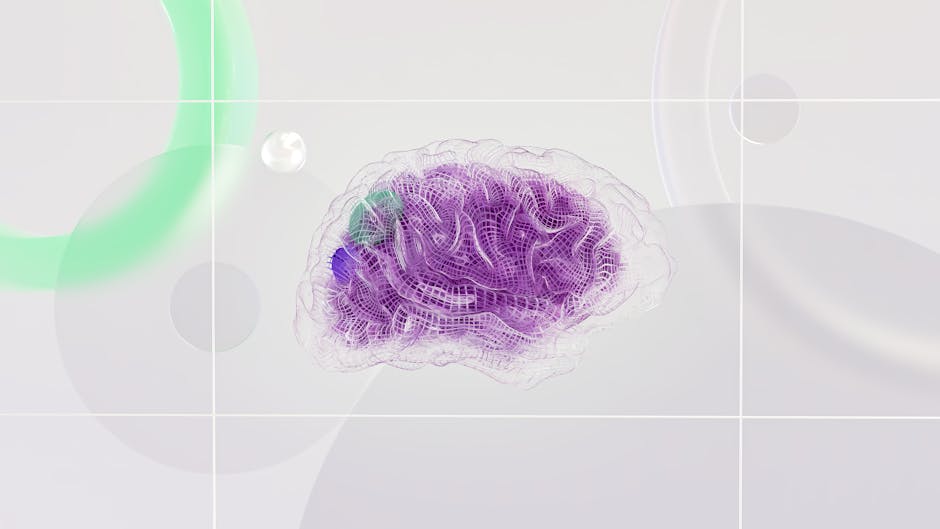
Advancements like Artificial Intelligence (AI), Big Data, and hybrid cloud are pushing the limits of traditional storage. Modern IT hardware storage solutions must deliver capacity, extreme speed, seamless scalability, and connectivity across different platforms.
Fueling AI and Big Data Workloads
AI and Big Data workloads process massive datasets at high speed, making storage performance critical. These workloads demand high read/write speeds to prevent bottlenecks; for instance, solutions like Seagate Exos® X Arrays can deliver speeds up to 12GB/s. Low-latency access is also crucial, as AI algorithms are sensitive to delays, making all-flash arrays with NVMe technology ideal.
Storage must also support parallel processing, allowing multiple system components to access data simultaneously without conflict. We specialize in AI Performance Optimization and can help select the right storage for your AI Solutions. Vendors like HPE and IBM are developing storage specifically for these cutting-edge needs.
Bridging the Gap with Hybrid Cloud Storage
Hybrid cloud strategies combine the benefits of on-premise infrastructure and public cloud services. For IT hardware storage solutions, this means integrating physical hardware with cloud platforms for a unified data environment.
Many businesses prefer on-premise control for sensitive data, ensuring direct oversight of security and compliance. At the same time, the public cloud offers near-limitless cloud scalability for handling workload spikes or archiving. Solutions like Dell APEX Block Storage for Public Cloud can also provide significant cost savings, sometimes up to 87%.
This hybrid model enables smart data tiering, automatically moving data between on-premise hardware and the cloud based on usage. It also provides a robust and cost-effective strategy for disaster recovery. We can help you steer On-Premise or Cloud decisions to find the best fit.
Fortifying Your Data: Security and Resilience in Storage Hardware
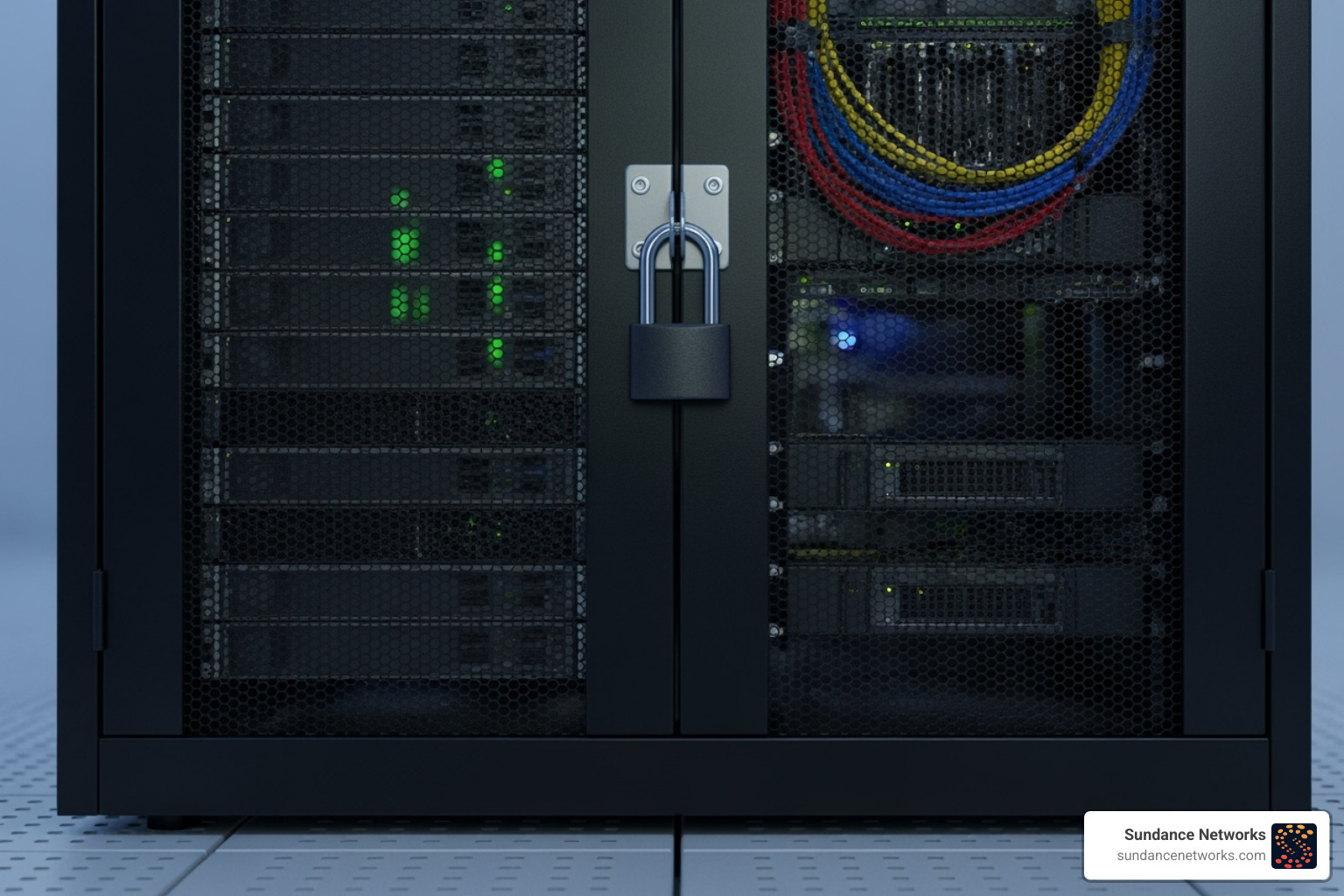
In an era of constant cyber threats, the security and resilience of your IT hardware storage solutions are non-negotiable. Protecting data from unauthorized access, corruption, and loss is paramount.
Modern Data Protection and Disaster Recovery
Modern data protection focuses on rapid recovery and resilience against threats like ransomware. Key strategies include:
- Immutable Snapshots: These create unchangeable, point-in-time data copies, providing a critical last line of defense against ransomware.
- Continuous Data Protection (CDP): Solutions like HPE Zerto Software continuously capture data changes, allowing for recovery to any point in time with near-zero data loss.
- Air-Gapped Backups: A copy of your data is physically or logically isolated from the network (e.g., on tape), preventing malware from reaching it.
- Replication: This involves maintaining data copies across different systems or locations to ensure high availability and fast recovery.
The ultimate goal is achieving fast recovery times to minimize downtime, with some enterprise solutions guaranteeing 99.999% uptime. Our expertise in Data Protection Strategies and Disaster Recovery & Backup can help safeguard your assets.
Mitigating Cyber Risks and Ensuring Compliance
Modern storage hardware must also bolster cybersecurity and ensure regulatory compliance. Key features include Encryption at Rest (using standards like AES) to protect data on physical devices and Role-Based Access Control (RBAC) to prevent unauthorized access. Many systems now include built-in Ransomware Detection to identify and block suspicious activity.
Storage must also adhere to regulations like GDPR and HIPAA. Frameworks like the UK’s Cyber Assessment Framework 4.0 (CAF v4.0) guide organizations toward a proactive security posture. Our Cyber Security services can help you steer these complex requirements.
Making the Right Choice: Critical Factors for Selecting Your Solution
Selecting the right IT hardware storage solutions requires careful consideration of several critical factors to align with your business needs and long-term goals.
Performance: Evaluate how quickly data can be accessed, measured in IOPS (Input/Output Operations Per Second) and throughput. High performance is crucial for databases, AI, and mission-critical applications. Data integrity is also key; some solutions like Dell’s PowerMax offer advanced corruption detection.
Capacity & Scalability: Your solution must meet current storage needs and scale easily and affordably for future data growth. Look for modular designs or software-defined approaches that allow for simple expansion.
Total Cost of Ownership (TCO): Look beyond the initial purchase price. TCO includes hardware, software, power, cooling, maintenance, and management. High-density and energy-efficient solutions can significantly lower TCO, with some systems using up to 85 percent less energy. We can assist with IT Budget Planning to ensure a comprehensive cost analysis.
Management & Automation: Choose systems with intuitive management interfaces and automation features to save time and reduce human error. AI-driven analytics that can predict potential issues are a significant advantage.
Security Features: Ensure the solution includes comprehensive data protection, such as encryption for data at rest, strong access controls, and resilience features to mitigate threats like ransomware. Layering security is essential for robust data resilience.
Vendor Support: A reliable vendor with strong support and clear Service Level Agreements (SLAs) is a critical partner. A vendor’s market position, such as Dell Technologies being ranked #1 in worldwide external enterprise storage by IDC, can indicate widespread trust and reliability.
Frequently Asked Questions about IT Hardware Storage
Here are answers to some of the most common questions we get about IT hardware storage solutions.
What is the difference between block, file, and object storage?
Block Storage: Data is stored in fixed-size chunks (blocks), each with a unique address. This method is fast and efficient, making it ideal for structured data like databases and virtual machines. It is the foundation of Storage Area Networks (SANs).
File Storage: Data is stored as complete files within a hierarchical folder structure, like on your computer. It’s perfect for sharing unstructured data (documents, images) among teams and is the basis for Network-Attached Storage (NAS) systems.
Object Storage: Data is managed as objects in a flat address space, not a file hierarchy. Each object includes the data, metadata, and a unique ID. This model is highly scalable and resilient, making it ideal for cloud-native applications, archiving, and big data analytics, whether in the cloud or on-premise.
How much storage capacity does my business need?
Determining your storage needs involves assessing current usage and planning for the future:
- Assess Current Volume: Analyze how much space your existing servers and applications are using.
- Project Future Growth: Factor in business growth, new applications, and data generation trends. A 20-50% annual data growth is common.
- Consider Retention Policies: Account for how long different data types must be kept for compliance or legal reasons.
- Factor in Backups: Backups, snapshots, and replicas require significant additional capacity. A common rule is to plan for 2-3x your primary data volume to accommodate your IT Asset Management Lifecycle and recovery strategy.
Can on-premise hardware integrate with my cloud services?
Yes, this is the core concept of a hybrid cloud strategy. Modern IT hardware storage solutions are designed to integrate seamlessly with cloud services in several ways:
- Built-in Cloud Integration: Many enterprise storage arrays can natively connect to and tier data to public clouds.
- Storage Gateways: These on-premise devices or applications act as a bridge, connecting local systems to cloud storage while caching frequently used data locally.
- Unified Management Platforms: These provide a single interface to manage both on-premise and cloud storage resources, simplifying operations.
Conclusion
Choosing the right IT hardware storage solution is more than a technical decision—it’s a foundation that will support your business for years to come. From foundational choices like DAS, NAS, and SAN to advanced solutions like all-flash arrays, high-density systems, and Software-Defined Storage, the landscape is vast. Modern storage must also meet the demands of AI and Big Data, integrate with hybrid cloud environments, and provide robust security against cyber threats.
Success lies in a strategic approach: carefully considering performance, scalability, TCO, and security to build a future-proof infrastructure that supports your business goals. While no solution is 100% foolproof, the right combination of technologies can significantly reduce your risk and ensure robust data resilience.
At Sundance Networks, we understand that every business has unique storage needs. We’re passionate about empowering businesses with smart technology, scalable AI, and robust security. Whether you’re a small business starting with centralized storage or an enterprise dealing with massive data volumes, we’re here to help you steer these complex decisions.
For a comprehensive assessment of your storage needs and to explore solutions custom to your requirements, review our hardware services.
Contact Sundance Networks:
- Website: sundancenetworks.com/contact
- Phone: (505) 899-3000
- Service Areas: Santa Fe, NM; Stroudsburg, PA; Reading, PA

